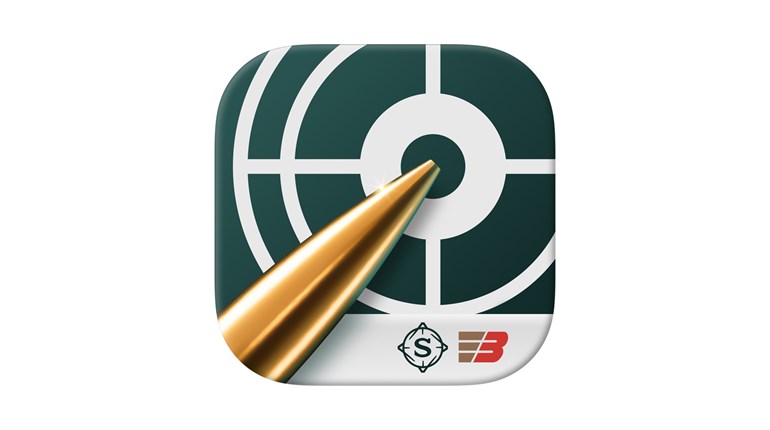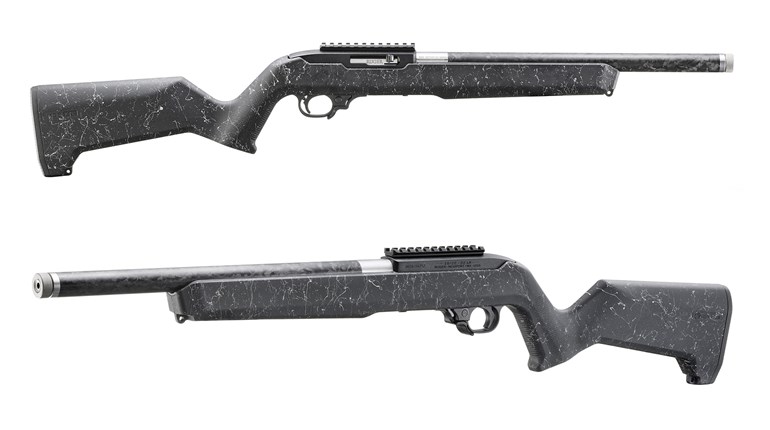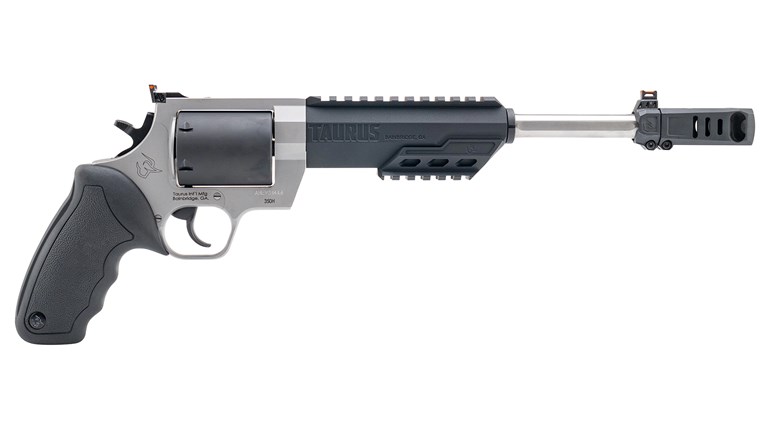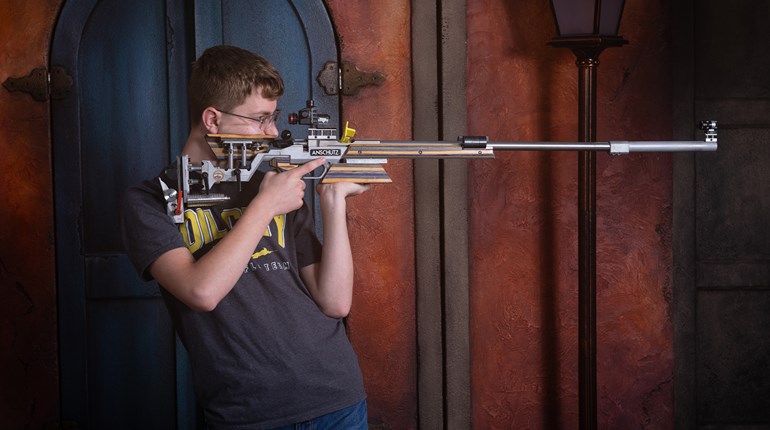
Sierra has a new bullet that finally takes the MatchKing to the hunting fields. The MatchKing X is so bullet-to-bullet consistent—in fact, the MKX actually outclassed the MatchKing in careful analysis here—that it would be unsurprising to see them used in competition.
Sierra has long discouraged employing MatchKing bullets for hunting because these competition bullets are not designed to expand in game animals. The only terminal performance expected of MatchKings is to punch holes in paper or clang steel—their raison d'être is simply to fly with bullet-to-bullet precision. Nonetheless, over the decades a great many competition shooters who are also big game hunters have asked, “Why doesn’t Sierra make a MatchKing for hunting?”
BALLISTICALLY A MATCHKING

Sierra heard and apparently the time is right, as the company has just introduced the expanding MatchKing X (MKX) bullet, designed with terminal performance for hunting. Sierra presses the point that the MKX (MatchKing Expanding) bullet exterior ballistic performance is the same as its comparable MatchKing bullet; the company already has an excellent hunting bullet in the GameKing line, but it does not possess the long range competition precision of the MatchKing or MKX. Sierra says it has successfully tested the MKX “on thin-skinned game” out to 500 yards.
In evaluating Sierra’s new bullet, I first measured concentricity of a random sampling of 10 .308 200-grain MKX bullets with a Baucher bullet concentricity gauge. Next, I used a Sinclair bullet comparator and precision dial caliper to measure base-to-ogive consistency. Lastly, I weighed the bullets on a scientific scale down to one one-hundredth (0.01) grain. Then, I performed the same measurements on a random sampling of 10 .308 200-grain MatchKing bullets for comparison. Results appear in an accompanying table.
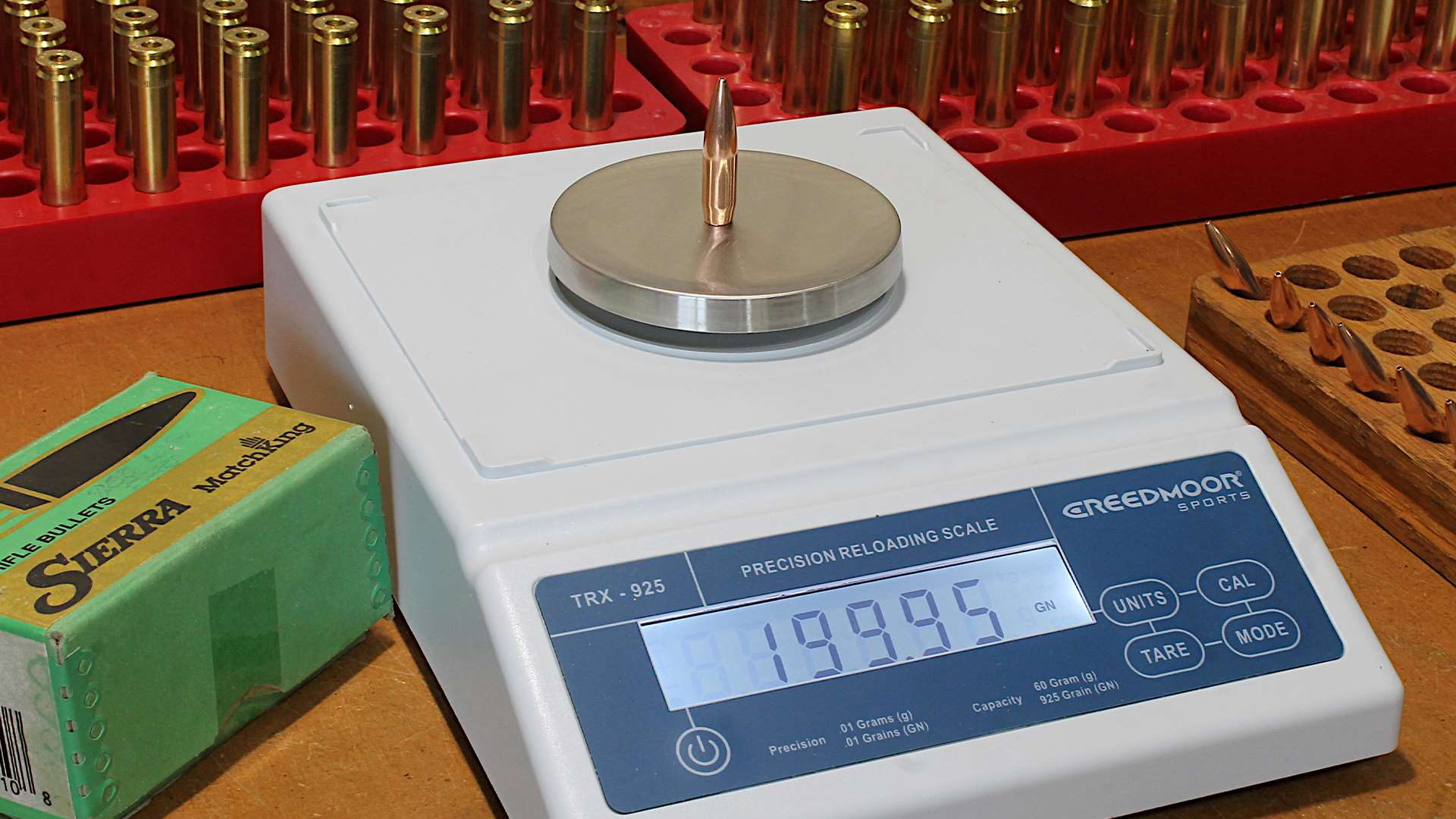
Most important from the perspective of bullet-to-bullet consistency is the extreme spread (ES) of the maximum and minimum measurements. Surprisingly, the MKX turns out to have lower extreme spreads than the MatchKing, theoretically making it superior to the MatchKing for competition as well as for hunting. And the .308 200-grain MKX bullet has a G1 ballistic coefficient (BC) of .553, which compares favorably to the G1 BC of .565 for its MatchKing progenitor.
THE SAME, BUT DIFFERENT
Marketing literature claims the MatchKing and MKX bullets have “identical ogives.” While that may be true regarding their tangent angles, the bullet comparator showed the start of the ogive on the MKX bullet to be about .0685 inch further back toward the bullet base than on the MatchKing bullet. The MKX is a bit shorter overall than the MatchKing, as well (perhaps to move the center of gravity or center of pressure). We might attribute these dissimilarities to physics being a game of tradeoffs in making the MatchKing expand as the MKX hunting bullet. However, the MKX differs from the MatchKing in metallurgy, having a thicker, softer jacket and a softer lead core. Also, the front of the bullet differs so that the jacket will expand uniformly and reliably. One could argue, then, that the MKX is a completely different bullet from the MatchKing, really only borrowing the reputable MatchKing name—but deservedly so.
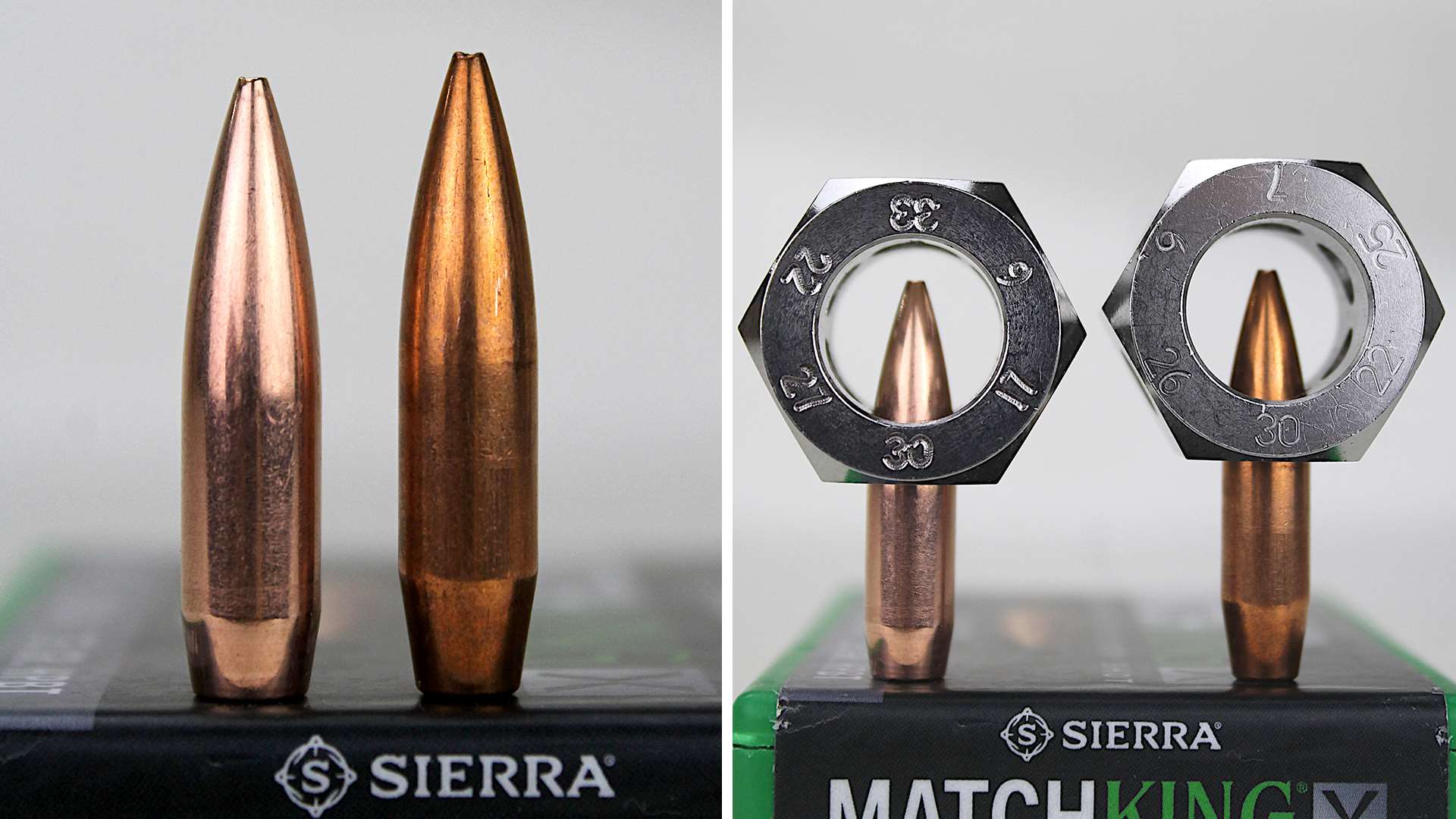
Still, Sierra says the MatchKing and MKX are identical enough that MatchKing load data can be used for the MKX bullet, and seating die adjustments aren’t necessary when switching between loading MatchKings and MKXs. However, the latter really depends on how you tailor your match ammo. Taking the .308 Winchester as example, maximum cartridge overall length (COL) is given as 2.810, and hunting rifle actions and magazines are configured to feed that max COL and little more. If you are single-loading cartridges in competition and want to seat your bullet further out to start the ogive at, say, .002 inch off the lands, then you may have to adjust the seating die for that .0685-inch difference in the two bullets’ ogive location. Is that nit-picking? Maybe. But we pick plenty of nits when it comes to loading precision ammo, don’t we?
COMPARATIVE ANALYSIS OF SIERRA MKX AND MATCHKING 200-GRAIN BULLETS
Sierra MKX
| Measurement | OAL Comp* (inches) | Concentricity (inches) | Weight (grains) |
|---|---|---|---|
| Max | 1.669 | 0.0003 | 200.02 |
| Min | 1.667 | 0.00025 | 199.85 |
| ES** | 0.002 | 0.00005 | 0.17 |
Sierra MatchKing
| Measurement | OAL Comp* (inches) | Concentricity (inches) | Weight (grains) |
|---|---|---|---|
| Max | 1.743 | 0.00025 | 200.52 |
| Min | 1.730 | 0.0001 | 199.73 |
| ES** | 0.013 | 0.00015 | 0.79 |
* Bullet OAL measured with bullet comparator, base to ogive.
** Extreme spread between maximum and minimum measurements.
In addition to this 200-grain .308 MKX, Sierra’s website lists a 175-grain .308 MKX, along with MKX bullets in 6 mm, 6.5 mm and .270. You can see their individual BCs by clicking on the bullet’s image on the web page. Retail for a box of 100 bullets is in the $53 to $65 neighborhood, pretty good for what is essentially competition-grade bullets.
MatchKings for hunting—it’s about time.













